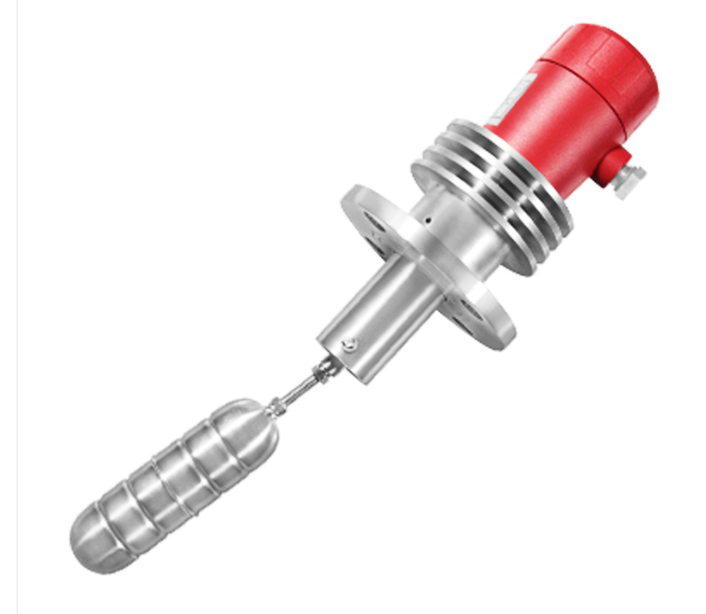BETTER TOUCH BETTER BUSINESS
Contact Sales at KAIDI.
A level switch can be electronic or mechanical, but it serves only one purpose – to give us an alert if it detects the presence of the product. This helps one to take action based on this alert.
Float level switches are sensors with an electrical contact output at a specific liquid level. Applications include level control, valve control, deaerators, condensate tanks, oil level control, drip legs, and boilers. Optical level switches are sensors with an electrical contact output at a specific liquid level.
In a level application, we can control the process in different ways. A continuous application has a transmitter sending online information to the control system. In a simple process, we might use a level switch to take action if we have 50 or 100 percent of the level.
A level switch signals the system whether the level of the measured substance is within expected parameters or not. If not, then the system will open a valve, start a pump, or take some other action to modify the level.
Protecting equipment by combining a level switch and a level transmitter
We can use a level switch as an extra layer of protection for sensitive equipment. If the level transmitter we are using as the first line of measurement fails, and the product goes beyond its proper level, then the level switch will alert the system.
While the level transmitter is working without problems, the level switch will be there ready to take over control of the situation, avoiding an accident or loss of raw material. Furthermore, it adds another on/off control. The level switch can be a cheap and simple solution for your application.
A vibrating fork works based on the principle of the tuning fork. We have two prongs vibrating at their natural frequency. When the product covers the prongs, the frequency drops. The device then sends an alert of this change.
A capacitance level switch uses the same principle as continuous level measurement devices. The probe and tank walls act as the capacitor plates, and the product as the dielectric. If the level reaches the sensor, then the capacitance changes and the sensor sends its signal.
A float level switch or float level switch is a mechanical level sensor for liquids and uses buoyancy to work. You can find one of these in your toilet tank! When your product reaches the float, the sensor alerts the system to stop the flow.Float switches are commonly used to control other devices such as alarms and pumps when a liquid level rises or falls to a specific point.

Choosing the right level switch for an application can be difficult. One needs to consider factors like build-up or foam, texture for granular or powdery products, the environment, the installation needs, and more. So let’s see which level switch might work for you!
Point level switches are extremely versatile. From food to energy to chemicals and beyond, all sorts of industries use level switches to protect tanks and vessels. A level switch can also detect the presence or absence of product in pipelines.
To know more about point level switches, you can read our article on level detectors and their types.
For most liquid products, we can use a vibrating, capacitive, or conductive switch. But we shall need more parameters, like liquid type, density, viscosity, and conductivity.
Water, a fluid with a conductivity greater than 50,000 micro-Siemens per centimeter, can use any of the three switches mentioned above. For oil, the vibrating switch becomes the first choice, because oil blocks more vibrations. However, we can use a conductive switch here too.
Honey, a very viscous fluid, tends to build up on probes, so capacitive and conductive switches work best in it. These switches have self-cleaning features, so they do well in other products that build up.
For bulk solids, granular materials, or powdery products, then you have choices like vibronic, capacitive, and paddle switches.
Cement, wheat flour, chalk powder are the powder textured solid with Density less than 3 g/cm3. And we can use vibronic, capacitive, or paddle switch as mentioned above.
We are here to help you! If you close the chatbox, you will automatically receive a response from us via email. Please be sure to leave your contact details so that we can better assist